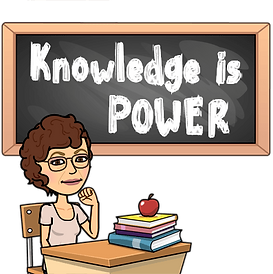top of page
Welcome to the School Matters Foundation
Our flagship expose:
CHAOS in our schools
2nd Edition now available
All our current woes connect to the K-12 education system. Young adults born near or after the millennium have been significantly impacted by a broken education system that thrives on facade.
Read our Op-Ed on the foibles of No Child Left Behind here.
FEATURED ARTICLE: The Spin Behind Common Core .
Food for Thought
Click each to read...
A School Matters Extra:

Plus - our other publications:

An enticing novel inspired by CHAOS in our schools...
What's the worst that can happen when poor policies spiral out of control and the humans charged with administering those policies abuse their position?
Veteran teacher Wendy Taylor is about to find out.

A poignant moment

John F. Kennedy,
35th President of the United States.
Credit: Shared via Mark Cohen
on LinkedIn
"Regardless of whether it's indigenous issues, economic failures, shortages of fuel, food, or freedom of rights. It is time to learn from the past, let the negative emotions go, and make better decisions for the future."
-Michael Zeidenberg
Notable Viewpoints

Why Differentiation
Doesn't Work
"Differentiation is a failure, a farce, and the ultimate educational joke played on countless educators and students. By having dismantled many of the provisions we used to offer kids on the edges of learning, ... we have sacrificed the learning of virtually every student."
- Dr. James Delisle, in Education Week
The beautiful thing about learning is that no one can take it away from you.
B.B. King
Education is the most powerful weapon which you can use to change the world.
Nelson Mandela
Education is what remains after one has forgotten everything he learned in school.
Albert Einstein
It is the mark of an educated mind to be able to entertain a thought without accepting it. Aristotle

It is easier to fool someone than to convince them they have been fooled.
- Mark Twain
Saboteurs are successful at destroying an iceberg because they chip away at it with their puny butter knives for decades. The rest of us abet this effort because we hide behind the mindset,
'So what? It's only a butter knife.'
The problems in education can be related to an iceberg:
only 25% are easily visible.
Read more at Tip of the Iceberg from the main menu above.





Credit: X - @moment_mirthful
A School Matters Extra:

bottom of page
















